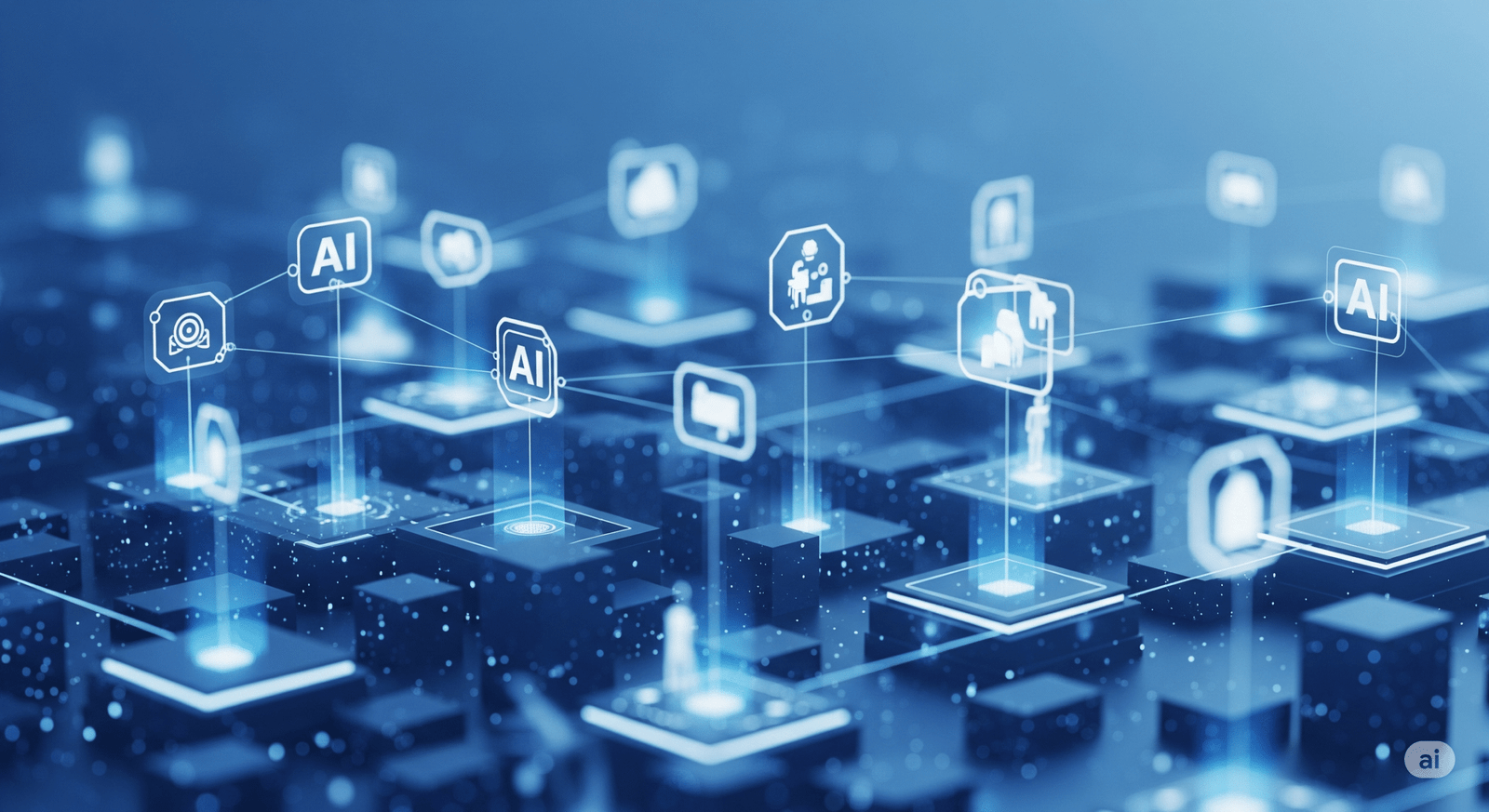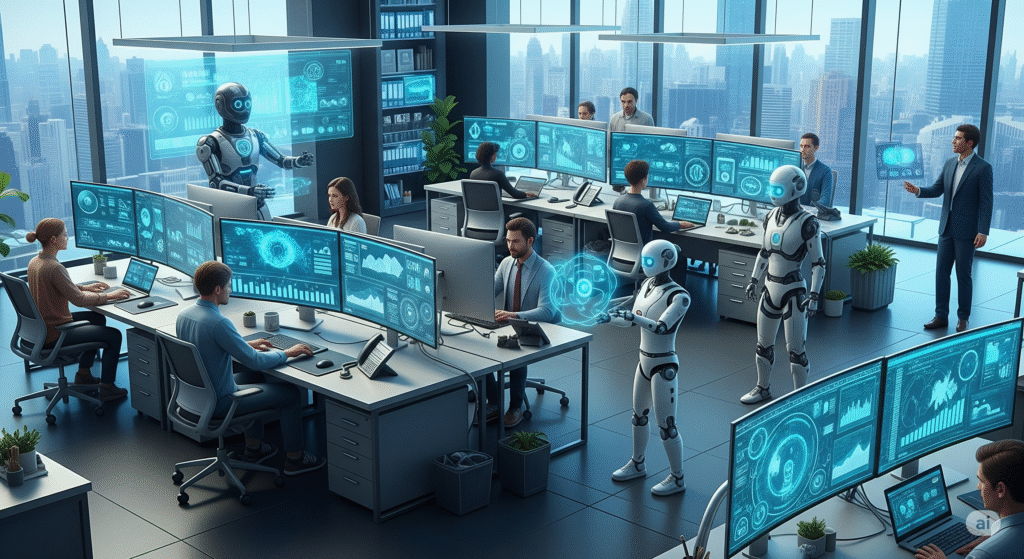
How autonomus agents are reshaping the future of word
Agentic AI: The Future of Automation is Here
The landscape of artificial intelligence is undergoing a monumental shift. We are moving beyond AI that simply predicts outcomes to a new generation of autonomous, goal-driven systems known as Agentic AI. These “digital employees” are not passive tools but active collaborators, capable of transforming enterprise operations by independently researching, planning, and executing complex tasks. This article, based on a white paper by Tirthankar Chakraborty for Kailasa.ai, explores what Agentic AI is, how it works, and how it’s powering the next wave of intelligent enterprises.
The Engine of Autonomy: How Do AI Agents Work?
Agentic AI represents the evolution from “human-in-command” to “AI-as-collaborator.” Unlike traditional AI focused on prediction, these autonomous agents, often powered by advanced Large Language Models (LLMs) like GPT-4, are designed for decision-making and goal execution with minimal human supervision.

Agentic AI in Action: Top Use Cases and Real-World Success
A Double-Edged Sword: Navigating the Risks of Agentic AI
While Agentic AI offers unprecedented efficiency, its deployment comes with unique risks and ethical considerations that businesses must address proactively.
Key Risks

Conclusion
Agentic AI is no longer a futuristic concept—it’s a present-day reality. From marketing to software development, autonomous agents are already delivering higher productivity, lower costs, and smarter workflows. Organizations that prepare for this shift today will gain a significant competitive edge, benefiting from greater speed, smarter decisions, and intelligent scalability. The era of the autonomous enterprise has begun.






